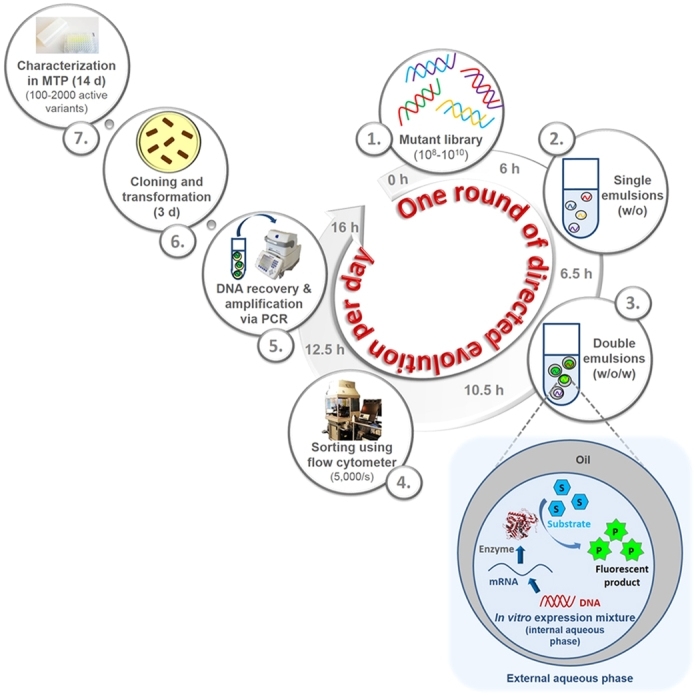FCB
Fluorescein di-beta-D-cellobioside
This non-fluorescent fluorescein substrate generates the bright fluorescein product that has Ex/Em = 492/514 nm, and can be easily detected with a FITC filter set. In general, fluorescein substrates are much more sensitive than coumarin or nitrophenol-based substrates. This fluorescein substrate is used for monitoring cellulase activities. Cellulases are a family of enzymes that include β-glucosidases, endoglucanases and exoglucanases. These enzymes cleave the β-1,4-D-glycosidic bonds that link the glucose units comprising cellulose. In addition to being produced by plants, cellulase activity is found in many fungi and bacteria, including some plant pathogens. Most animal cells are not known to produce cellulase, in which the cellulolytic activity is often carried out by symbionts. The study of cellulase activity has many applications in plant molecular biology, agriculture, and manufacturing. Cellulase is becoming important in the development of alternative fuel sources, as glucose obtained from cellulose hydrolysis is easily fermented into ethanol. Activity of most cellulases can be conveniently monitored using this sensitive fluorescein cellobioside. Upon cleavage, the fluorescent compound, fluorescein, is released and activity measurements are easily obtained in a microtiter plate based assay format.


| Catalog | Size | Price | Quantity |
|---|---|---|---|
| 14025 | 1 mg | Price |
Physical properties
| Molecular weight | 980.87 |
| Solvent | DMSO |
Spectral properties
| Absorbance (nm) | 487 |
| Correction factor (260 nm) | 0.32 |
| Correction factor (280 nm) | 0.35 |
| Extinction coefficient (cm -1 M -1) | 80000 1 |
| Excitation (nm) | 498 |
| Emission (nm) | 517 |
| Quantum yield | 0.7900 1 , 0.952 |
Storage, safety and handling
| H-phrase | H303, H313, H333 |
| Hazard symbol | XN |
| Intended use | Research Use Only (RUO) |
| R-phrase | R20, R21, R22 |
| Storage | Freeze (< -15 °C); Minimize light exposure |
| UNSPSC | 12352200 |
Contact us
| Telephone | |
| Fax | |
| sales@aatbio.com | |
| International | See distributors |
| Bulk request | Inquire |
| Custom size | Inquire |
| Technical Support | Contact us |
| Request quotation | Request |
| Purchase order | Send to sales@aatbio.com |
| Shipping | Standard overnight for United States, inquire for international |
Page updated on January 8, 2026

